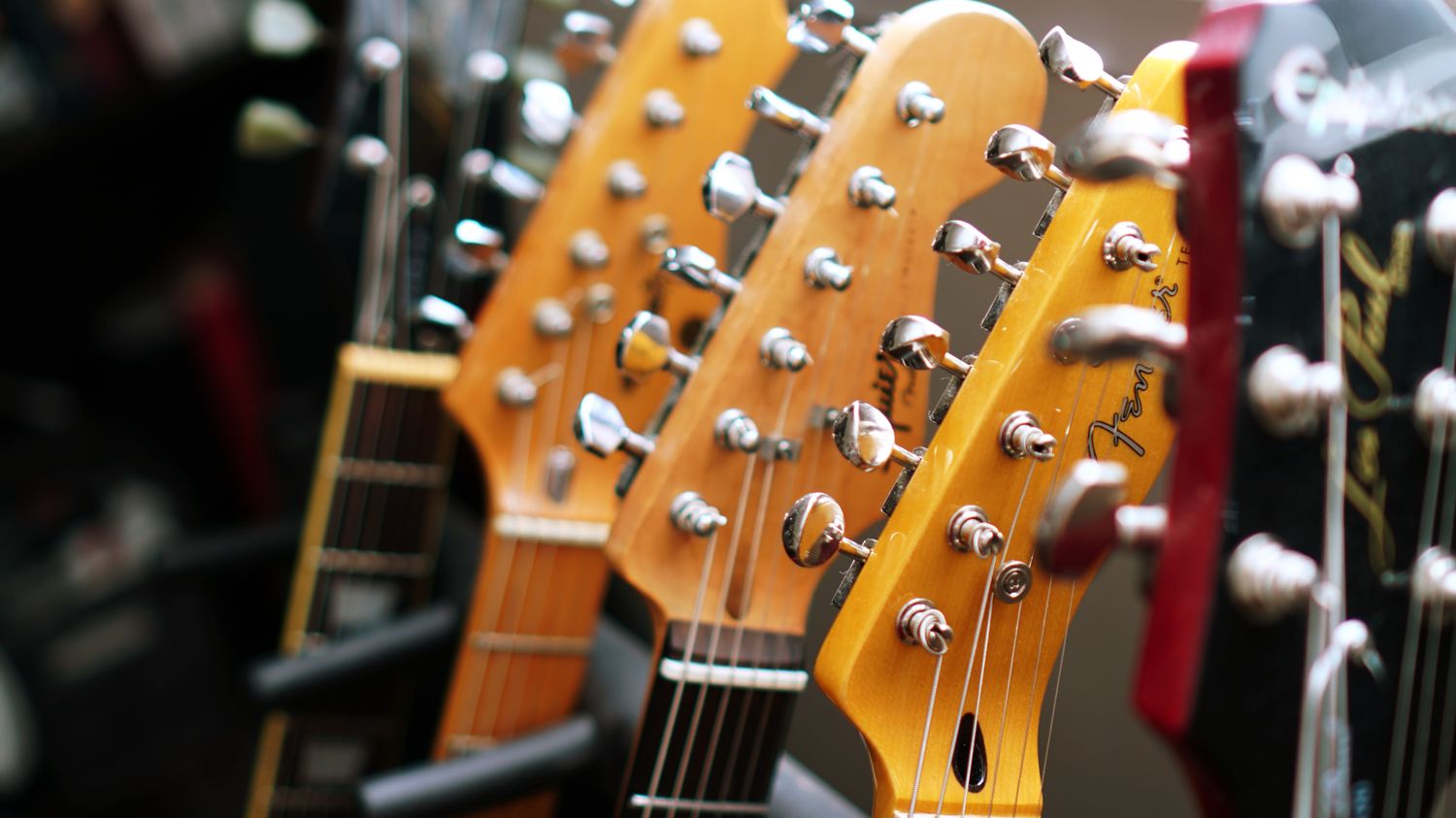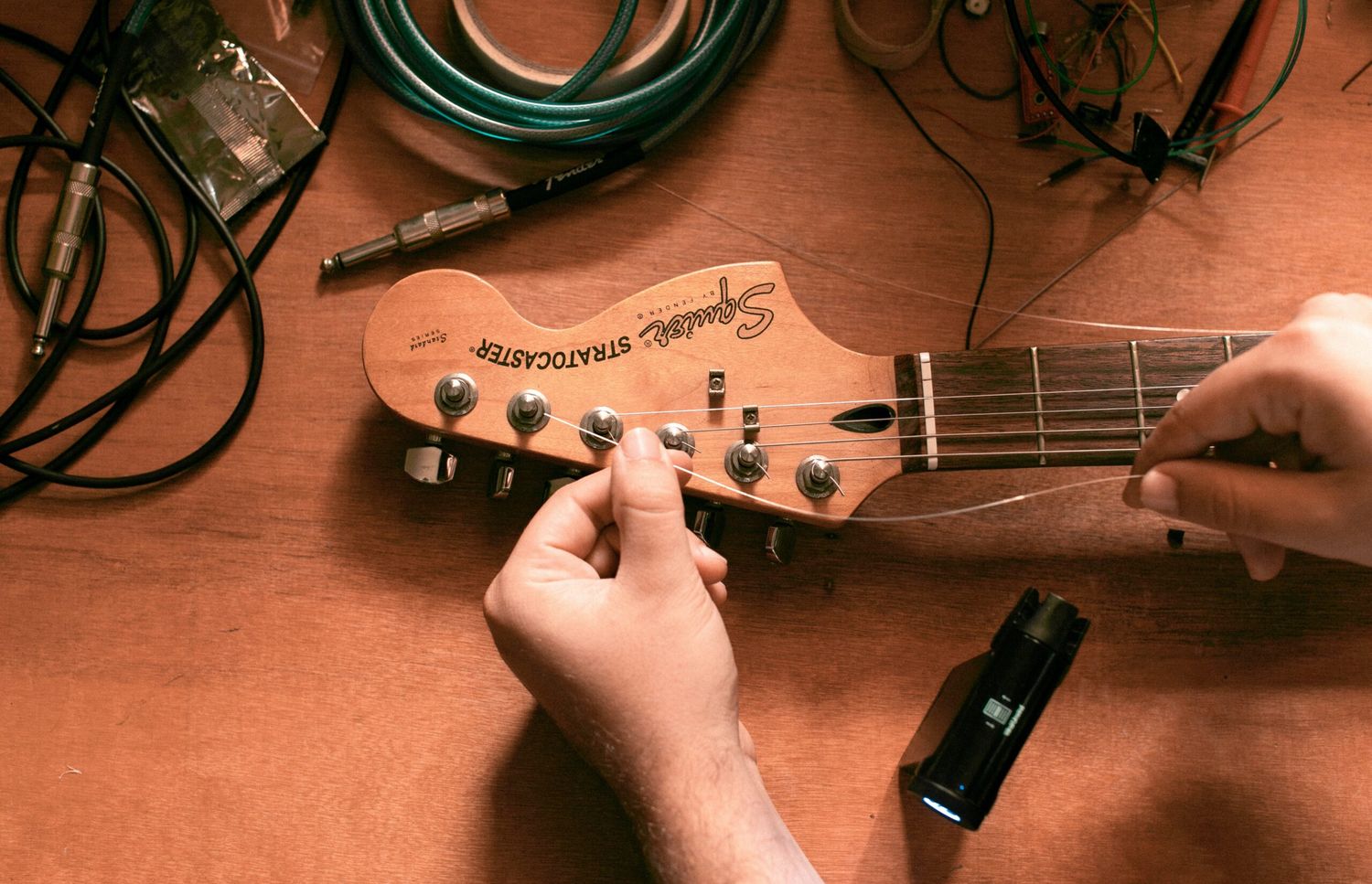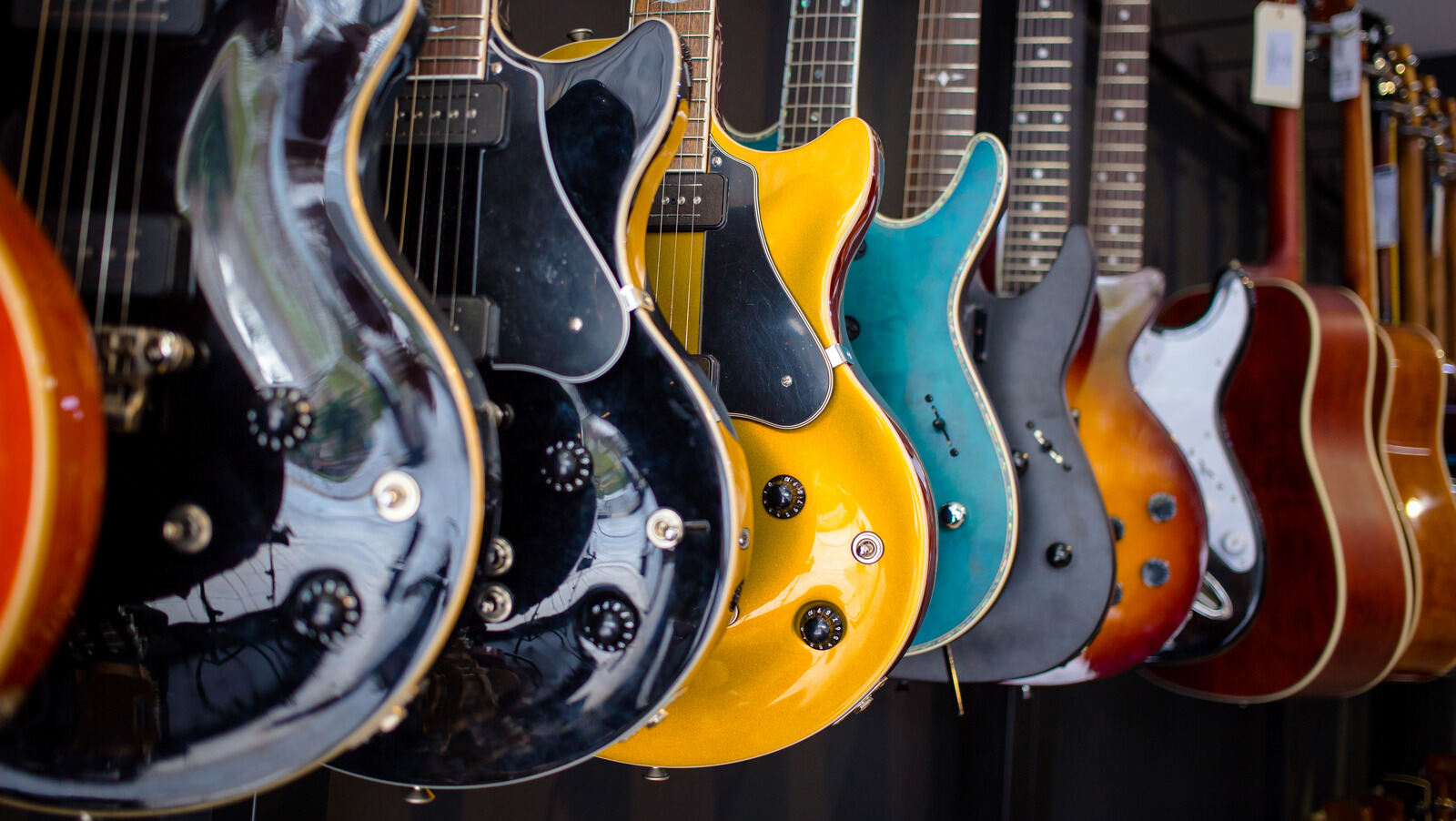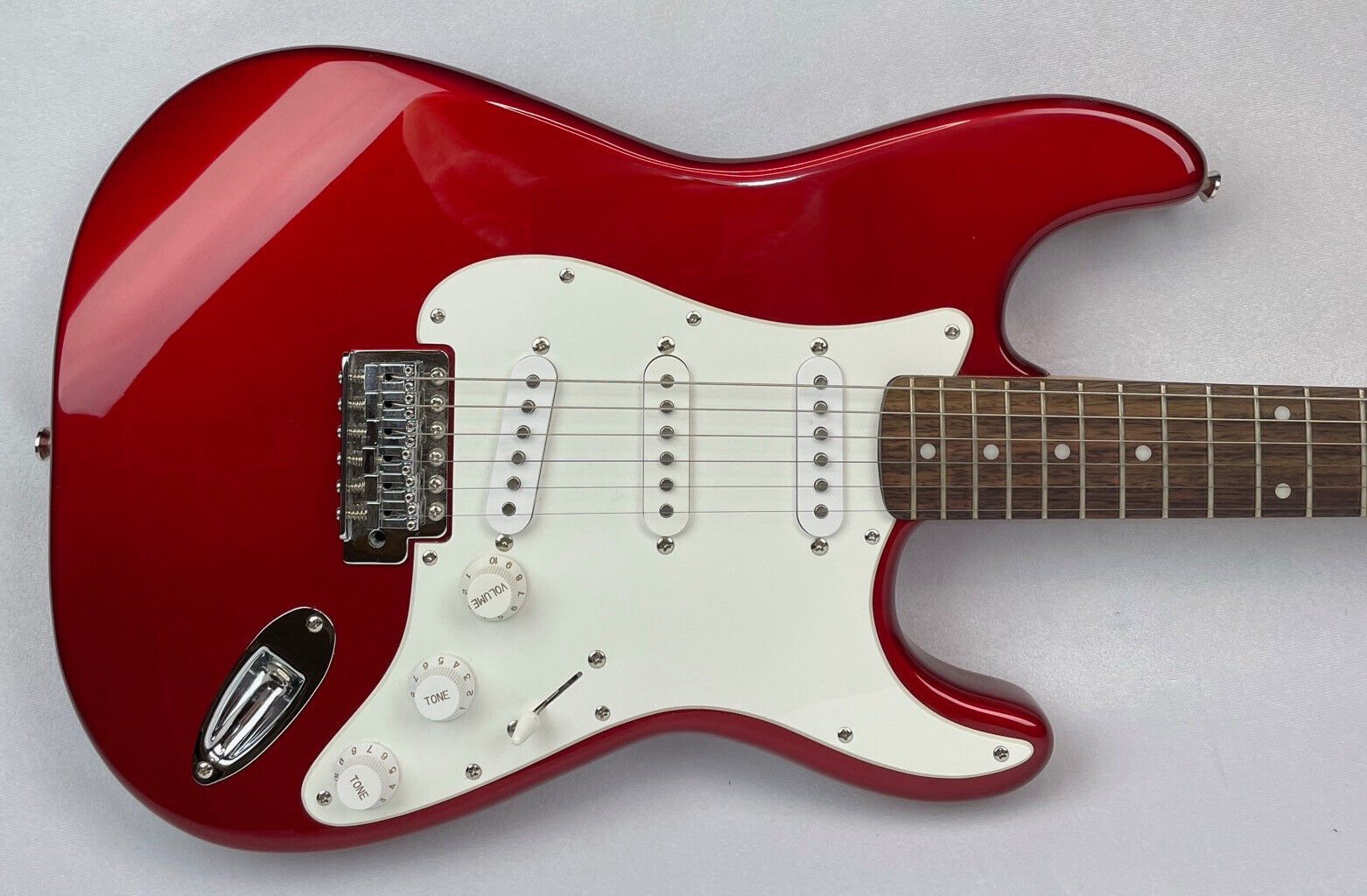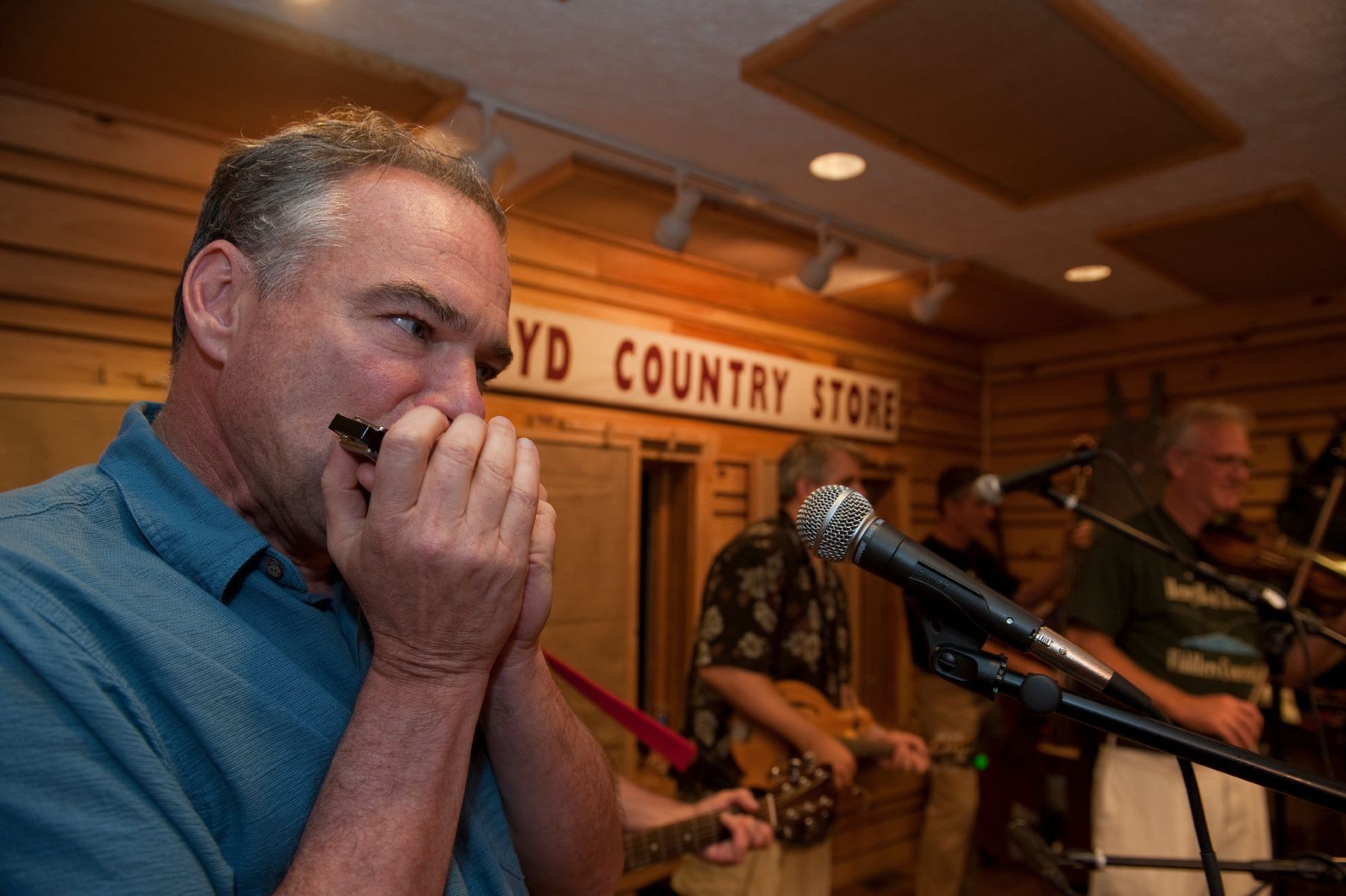Home>Instruments>Guitar>How To Learn To Play Electric Guitar
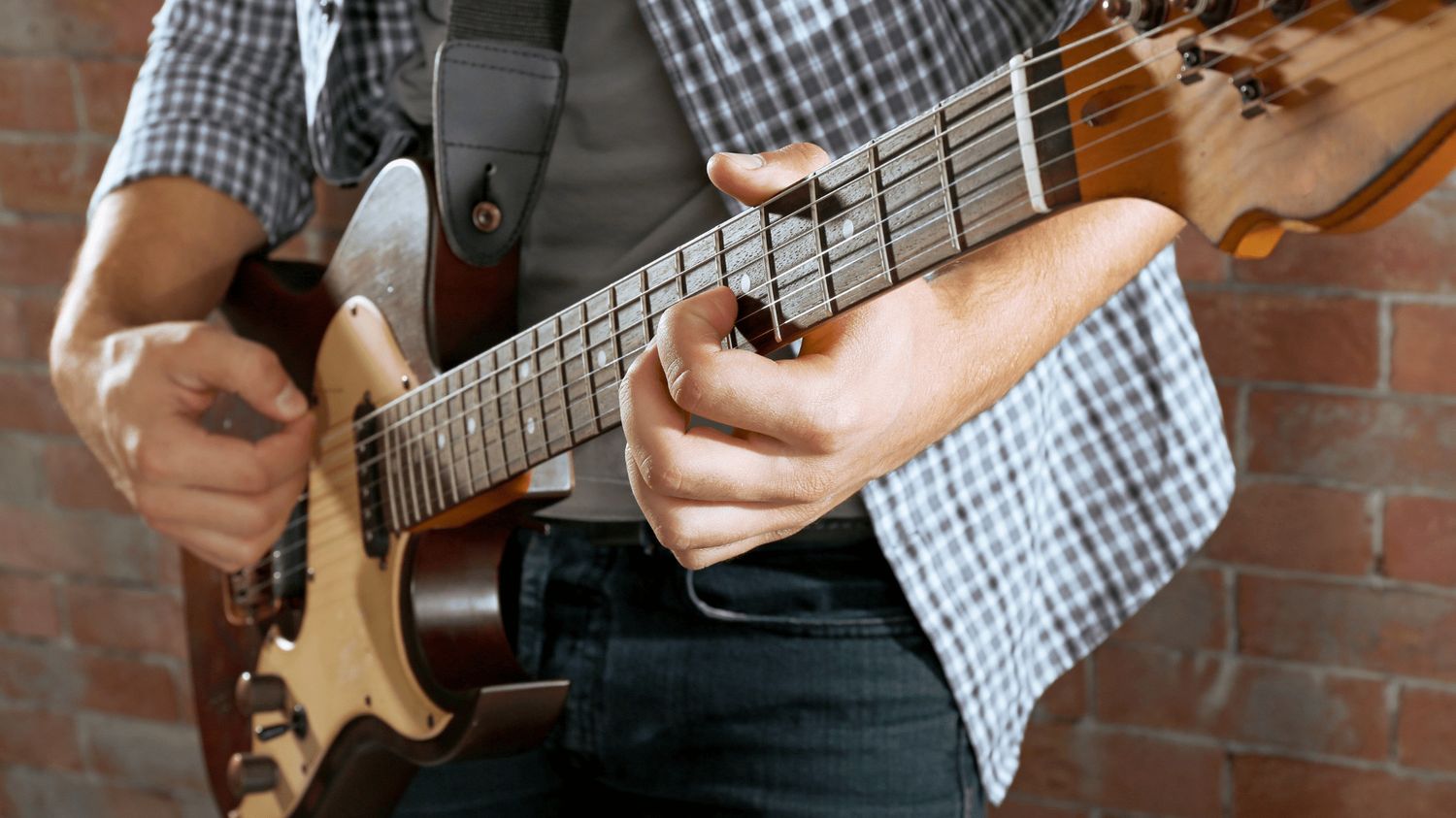

Guitar
How To Learn To Play Electric Guitar
Published: February 13, 2024
Learn to play electric guitar with our step-by-step guide. Master chords, scales, and techniques to become a skilled guitarist. Start your musical journey today!
(Many of the links in this article redirect to a specific reviewed product. Your purchase of these products through affiliate links helps to generate commission for AudioLover.com, at no extra cost. Learn more)
Table of Contents
Introduction
So, you've decided to embark on a thrilling journey into the world of electric guitar playing. Congratulations on taking the first step toward mastering this iconic instrument! Whether you're drawn to the blistering solos of rock legends, the soul-stirring riffs of blues, or the infectious grooves of funk and jazz, learning to play the electric guitar opens up a universe of musical possibilities.
Playing the electric guitar is not just a skill; it's a form of self-expression that allows you to communicate emotions and stories through the power of music. From the raw energy of power chords to the delicate nuances of fingerstyle playing, the electric guitar offers a diverse range of sounds that can captivate and inspire.
In this comprehensive guide, we will delve into the essential steps to help you learn to play the electric guitar with confidence and proficiency. Whether you're a complete novice or transitioning from acoustic to electric, this guide will provide valuable insights and practical tips to accelerate your learning journey.
Throughout this article, we will cover everything from choosing the right electric guitar and understanding its basic components to mastering essential chords, scales, and techniques. Additionally, we'll explore effective practice strategies and offer guidance on honing your skills to unleash your full potential as a guitarist.
Learning to play the electric guitar is a rewarding and enriching pursuit that offers a lifetime of enjoyment. As you embark on this musical odyssey, remember that patience, dedication, and a passion for music will be your greatest allies. So, grab your guitar, plug in your amplifier, and let's dive into the electrifying world of the electric guitar!
Choosing the Right Electric Guitar
When venturing into the realm of electric guitar playing, selecting the right instrument is a pivotal decision that can significantly influence your playing experience and musical journey. With a myriad of options available, ranging from classic models to modern innovations, finding the perfect electric guitar that resonates with your style and preferences is essential.
Before making a purchase, consider the following factors to ensure that you choose an electric guitar that aligns with your musical aspirations:
- Body Type: Electric guitars come in various body shapes, such as solid body, semi-hollow, and hollow body. Each type offers distinct tonal characteristics and playing comfort, so it’s crucial to select a body type that complements your playing style and genre preferences.
- Pickups: The type and configuration of pickups significantly impact the guitar’s sound. Whether you prefer the crisp tones of single-coil pickups or the robust warmth of humbuckers, understanding the sonic capabilities of different pickup configurations will help you make an informed choice.
- Neck Profile and Scale Length: The neck profile and scale length of an electric guitar can profoundly influence playability and comfort. Whether you favor a slim, fast-playing neck or a substantial, vintage-style profile, finding a neck that feels intuitive and ergonomic is crucial for seamless performance.
- Budget and Quality: Set a realistic budget based on your financial capacity and commitment to the instrument. While it’s tempting to opt for budget-friendly options, investing in a high-quality guitar from reputable brands can enhance your playing experience and long-term satisfaction.
Furthermore, visiting local music stores to physically test different electric guitars can provide invaluable insights into their sound, feel, and overall suitability. Additionally, seeking guidance from experienced guitarists or instructors can offer valuable perspectives and recommendations based on your specific musical goals.
Ultimately, the ideal electric guitar is one that resonates with your musical identity, inspires creativity, and empowers you to explore new sonic frontiers. By carefully considering the aforementioned factors and conducting thorough research, you can embark on your musical journey with a well-suited electric guitar that serves as your trusted companion in the pursuit of musical excellence.
Understanding the Basics of Electric Guitar
Before diving into the intricate world of electric guitar playing, it’s essential to familiarize yourself with the fundamental components and terminology associated with this iconic instrument. Understanding the basics of the electric guitar not only facilitates seamless communication within the guitar community but also provides a solid foundation for honing your playing skills.
Here are key elements to grasp when acquainting yourself with the electric guitar:
- Body and Neck: The body of an electric guitar houses the pickups, bridge, and controls, while the neck comprises the fretboard, frets, and headstock. Familiarize yourself with the anatomy of the guitar to develop a holistic understanding of its construction and functionality.
- Amplification: Unlike acoustic guitars, electric guitars require amplification to produce audible sound. Gain insight into the role of amplifiers, effects pedals, and signal processing in shaping the electric guitar’s tonal characteristics and sonic versatility.
- Strings and Tuning: Electric guitars typically feature six strings, each tuned to a specific pitch. Learning about standard tuning, alternate tunings, and string gauges equips you with the knowledge to adapt to diverse musical styles and creative explorations.
- Playing Techniques: Explore foundational playing techniques, including picking, fretting, bending, vibrato, and palm muting. Understanding these techniques lays the groundwork for executing various musical expressions and articulations on the electric guitar.
Moreover, familiarizing yourself with common guitar terminology, such as frets, fret markers, truss rod, intonation, and action, enhances your ability to communicate effectively with fellow guitarists and seek guidance on instrument maintenance and setup.
As you embark on your electric guitar journey, consider seeking resources such as instructional books, online tutorials, and lessons from experienced instructors to deepen your understanding of the instrument. Additionally, immersing yourself in the music of renowned electric guitarists across genres can provide inspiration and insights into diverse playing styles and sonic possibilities.
By grasping the basics of the electric guitar and nurturing a curiosity for its inner workings, you lay a solid groundwork for continuous learning and musical exploration, setting the stage for a fulfilling and enriching journey as an electric guitarist.
Learning Basic Chords and Scales
Mastering basic chords and scales is a fundamental aspect of learning to play the electric guitar. These foundational elements form the building blocks for creating melodies, harmonies, and improvisations, empowering you to express musical ideas with fluency and creativity. Whether you aspire to strum along to your favorite songs or embark on improvisational journeys, developing proficiency in chords and scales is essential.
Here’s a breakdown of essential chords and scales to kickstart your journey:
- Open Chords: Begin by acquainting yourself with common open chords such as C, G, D, E, A, and F. These chords are foundational in many popular songs across various genres and serve as an entry point for developing chord transition proficiency and fret-hand dexterity.
- Barre Chords: Transitioning to barre chords expands your harmonic palette and enables you to play chords across the fretboard. Mastering barre chord shapes, such as the F major and B minor, unlocks the potential to play a wide array of chord progressions and song arrangements.
- Major and Minor Scales: Familiarize yourself with the major and minor scales, which serve as the bedrock for melodic exploration and soloing. Understanding the intervals within these scales equips you with the tools to create captivating melodies and navigate the fretboard with confidence.
- Pentatonic Scale: Delve into the versatile pentatonic scale, a cornerstone of lead guitar playing across rock, blues, and various genres. Mastering its patterns and variations empowers you to craft soulful solos and improvisations with expressive phrasing and emotive depth.
Engaging in regular practice routines that incorporate chord transitions, scale exercises, and melodic explorations fosters muscle memory, finger agility, and ear training. Additionally, leveraging resources such as chord charts, scale diagrams, and instructional materials enhances your learning experience and accelerates your progress as a guitarist.
Furthermore, immersing yourself in the musical works of renowned guitarists, analyzing their chord progressions and soloing techniques, provides valuable inspiration and insights into applying chords and scales in a musical context.
By diligently honing your skills in basic chords and scales, you lay a robust foundation for musical expression and pave the way for embracing more advanced techniques and creative explorations on the electric guitar.
Developing Finger Dexterity and Coordination
Building finger dexterity and coordination is a crucial aspect of mastering the electric guitar. The ability to execute intricate fretting patterns, swift chord transitions, and agile scale runs hinges on the development of fine motor skills and precise finger movements. By dedicating focused practice to enhance your finger dexterity, you can unlock new levels of fluency and expressiveness in your playing.
Here are key strategies to cultivate finger dexterity and coordination:
- Exercises and Warm-Ups: Incorporate finger exercises and warm-up routines into your practice regimen to limber up your fingers and enhance flexibility. Utilize exercises that target individual fingers, such as spider crawls and finger independence drills, to bolster strength and agility.
- Chord Transition Drills: Practice transitioning between chords smoothly and swiftly, paying attention to the placement of each finger and minimizing extraneous movements. Gradually increase the speed and precision of your chord changes to reinforce muscle memory and coordination.
- Scales and Arpeggios: Engage in scale and arpeggio exercises that traverse the fretboard, promoting fluid finger movements and fretting accuracy. Gradually ramp up the tempo as you internalize scale patterns, fostering nimble fingerwork and fret-hand synchronization.
- Alternate Picking and String Skipping: Embrace alternate picking exercises and string skipping drills to refine your picking hand’s coordination and synchronization with the fretting hand. These techniques enhance precision and control, enabling you to navigate complex passages with finesse.
Consistent and focused practice is the cornerstone of developing finger dexterity and coordination. Allocate dedicated time in your practice sessions to systematically address areas of improvement and track your progress over time. Additionally, integrating varied exercises and drills into your routine ensures a well-rounded approach to enhancing your finger agility and control.
Furthermore, exploring diverse musical styles and genres exposes you to a wide spectrum of fretting and picking techniques, enriching your repertoire of finger dexterity exercises and fostering adaptability in your playing approach.
By conscientiously refining your finger dexterity and coordination, you fortify the technical foundation necessary to tackle advanced guitar repertoire and embrace the intricacies of expressive playing on the electric guitar.
Mastering Techniques and Styles
Mastering a diverse array of techniques and exploring various musical styles is pivotal in elevating your proficiency and artistry as an electric guitarist. Delving into techniques ranging from dynamic strumming patterns to intricate lead guitar maneuvers opens up a world of sonic possibilities, allowing you to carve out your unique musical identity and captivate audiences with your expressive prowess.
Here’s a glimpse into essential techniques and styles to master on the electric guitar:
- Strumming and Rhythm: Refine your strumming technique to imbue rhythm and groove into your playing. Experiment with dynamic strumming patterns, percussive accents, and rhythmic subdivisions to infuse vitality into chord progressions and rhythmic accompaniments.
- Lead Guitar Techniques: Embrace lead guitar techniques such as bending, vibrato, slides, and hammer-ons/pull-offs to imbue your melodies with expressiveness and emotive character. Cultivate precision and control in executing these techniques to convey compelling musical narratives through your playing.
- Fingerstyle and Hybrid Picking: Explore the rich textures of fingerstyle playing and hybrid picking, which enable you to coax out nuanced tonal variations and intricate melodic passages. Develop finger independence and hybrid picking coordination to navigate complex arrangements with finesse.
- Exploring Genres: Immerse yourself in diverse genres, including rock, blues, jazz, funk, and beyond, to expand your stylistic repertoire. Each genre offers distinct playing techniques and tonal characteristics, fostering versatility and adaptability in your musical expression.
Furthermore, studying the playing styles of iconic guitarists across genres provides valuable insights into their unique approaches to technique and musical interpretation. Analyzing their phrasing, tonal nuances, and improvisational prowess can inspire fresh perspectives and fuel your creative evolution as a guitarist.
Embracing a holistic approach to mastering techniques and styles entails consistent practice, attentive listening, and a spirit of curiosity and experimentation. By cultivating a diverse skill set and an open-minded approach to musical exploration, you can harness the full potential of the electric guitar as a vehicle for artistic expression and innovation.
Practicing and Improving Your Skills
Effective and purposeful practice is the cornerstone of continual growth and refinement as an electric guitarist. By implementing strategic practice routines and embracing a mindset of deliberate improvement, you can accelerate your skill development and unlock new dimensions of musical proficiency.
Consider the following strategies to optimize your practice sessions and foster consistent skill improvement:
- Structured Practice Regimen: Design a structured practice schedule that encompasses technical exercises, repertoire development, and targeted skill enhancement. Allocating focused time blocks for specific areas of improvement ensures a well-rounded approach to skill development.
- Goal Setting: Set measurable and achievable goals for your practice sessions, whether it’s mastering a challenging solo, improving chord transitions, or refining picking accuracy. Clear objectives provide direction and motivation, guiding your practice efforts toward tangible progress.
- Slow and Steady Progression: Embrace a gradual and incremental approach to skill development, prioritizing accuracy and precision over speed. Gradually increasing tempo and complexity as proficiency improves fosters solid foundational skills and minimizes the risk of developing technical flaws.
- Ear Training and Music Theory: Dedicate time to ear training exercises and music theory study to deepen your understanding of melody, harmony, and rhythm. Developing a keen ear and theoretical knowledge enhances your musical intuition and facilitates informed improvisation and composition.
- Performance Simulation: Simulate performance scenarios during practice sessions to acclimate yourself to playing under pressure and refine stage presence. Practicing in front of a mirror or recording yourself can provide valuable insights into your playing demeanor and help alleviate performance anxiety.
Moreover, leveraging technological tools such as metronomes, backing tracks, and recording software enhances the efficacy of your practice sessions, enabling precise timing, ensemble playing, and self-assessment of performances.
Consistency, patience, and a growth-oriented mindset are pivotal in the journey of practicing and improving your skills. Embrace the process of incremental advancement, celebrate milestones along the way, and remain receptive to feedback and guidance from experienced musicians and instructors.
By nurturing a disciplined and focused approach to practice, you lay the groundwork for sustained skill enhancement and artistic fulfillment as an electric guitarist.
Conclusion
Congratulations on embarking on the enriching journey of learning to play the electric guitar. As you immerse yourself in the captivating realm of this iconic instrument, remember that your progress is a testament to your dedication, passion, and unwavering commitment to musical expression.
Throughout this comprehensive guide, we’ve explored essential facets of mastering the electric guitar, from selecting the right instrument that resonates with your musical identity to honing techniques, styles, and skills that elevate your artistry. By delving into the nuances of chords, scales, and playing techniques, you’ve laid a robust foundation for musical exploration and creative expression.
As you continue your musical odyssey, keep in mind that patience, persistence, and a spirit of curiosity will be your allies in the pursuit of mastery. Embrace the joy of discovery as you navigate the intricacies of the electric guitar, and remain open to the diverse influences and inspirations that shape your musical identity.
Remember, every practice session, every chord progression mastered, and every new technique embraced contributes to your evolution as a guitarist. Embrace the journey with a sense of wonder and resilience, knowing that each step forward brings you closer to realizing your musical aspirations.
Lastly, seek out opportunities to collaborate with fellow musicians, share your music with others, and immerse yourself in the vibrant tapestry of the music community. Your unique voice as an electric guitarist has the power to resonate with audiences and leave an indelible imprint on the world of music.
As you pick up your electric guitar and let your fingers dance across the fretboard, remember that the journey of learning and growth is as enriching as the destination. Embrace the challenges, savor the triumphs, and let your passion for music fuel your pursuit of excellence.
So, with your electric guitar in hand and a heart brimming with musical fervor, continue to explore, create, and inspire. Your journey as an electric guitarist is an ever-unfolding symphony, and the world eagerly awaits the melodies that only you can unleash.

